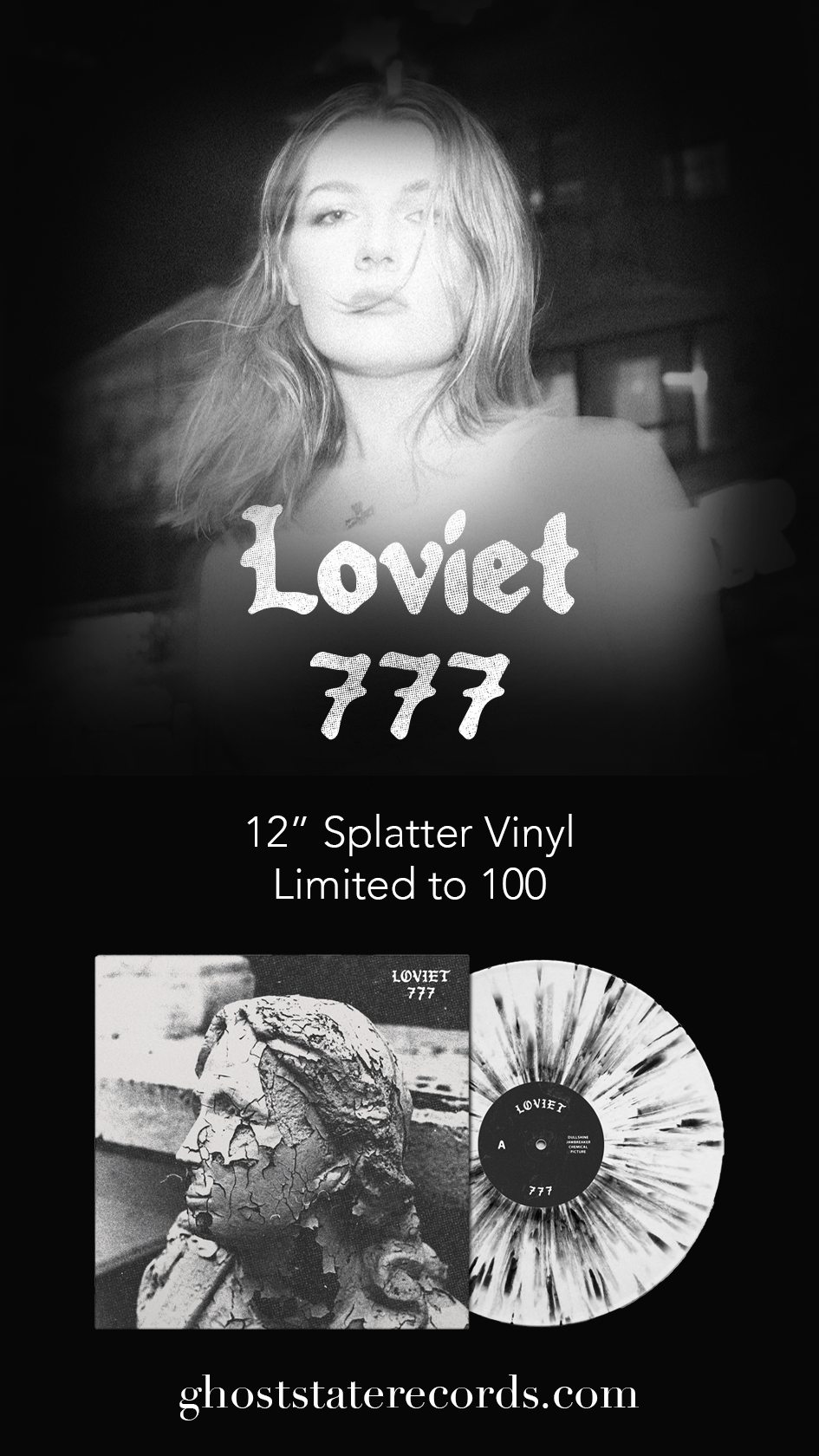
Thankfully, Grateful Dead soundman Owsley “Bear” Stanley had the foresight to capture The Allman Brothers Band when they followed Arthur Lee’s Love and preceded the Dead at a Valentine’s weekend extravaganza nearly a half-century ago.
The seven songs on “Bear’s Sonic Journals: Allman Brothers Band, Fillmore East February 1970” don’t quite define the Brothers as those on the iconic “At Fillmore East” album, cut 13 months later at the same New York City rock palace. But they’re incredible performances nonetheless, and offer rare insight as to what the deeply impassioned guitarist Duane Allman — just 23 at the time of these shows, and with only a year and a half left to live — was thinking when he assembled the other five players for the first time just 11 months earlier.
During the first known recording of guitarist Dickey Betts’ magnum opus “In Memory Of Elizabeth Reed,” Allman and Betts, singer Gregg Allman on Hammond B3, bassist Berry Oakley, and drummers Butch Trucks and Jaimoe, open up by folding jazz and the blues into a stream of soulful rock music like no one else had at the time.
The Allman Brothers Band was hell-bent on improvisation and orchestration equally, but also power. Oakley sings Willie Dixon’s “Hoochie Coochie Man” as if his long locks were ablaze; the Brothers’ barreling version of that classic blues stands today as pivotal. When Gregg Allman — a year younger than Duane — sings “Statesboro Blues,” it’s as if a grizzled Southern juke player had taken the stage, his singular growl obviously more anxious at this early date.
Meanwhile, Duane’s manipulation of a medicine bottle over his strings took slide guitar playing to an entirely new plane. Muddy Waters’ “Trouble No More” was the first song they ever jammed on, individualizing it from the start with reverence and intensity. This take follows suit. The country-blues “I’m Gonna Move to the Outskirts of Town,” the more fluent of the band’s two recorded adaptations, becomes the album’s showpiece for its astonishing interplay and knowing way with a blues.
Why they forever dropped that number from their repertoire shortly thereafter remains a mystery. Originally released in 1996, this long-out-of-print album is enriched by a mastering spit-shine and striking new packaging. The intricate, potent rhythms, striking leads, and the matchless blues vocalizing in song, all sound better than ever.
–Tom Clarke
- Bear’s Sonic Journals: Allman Brothers Band, Fillmore East February 1970
Allman Brothers Band Recording Company
Available now



